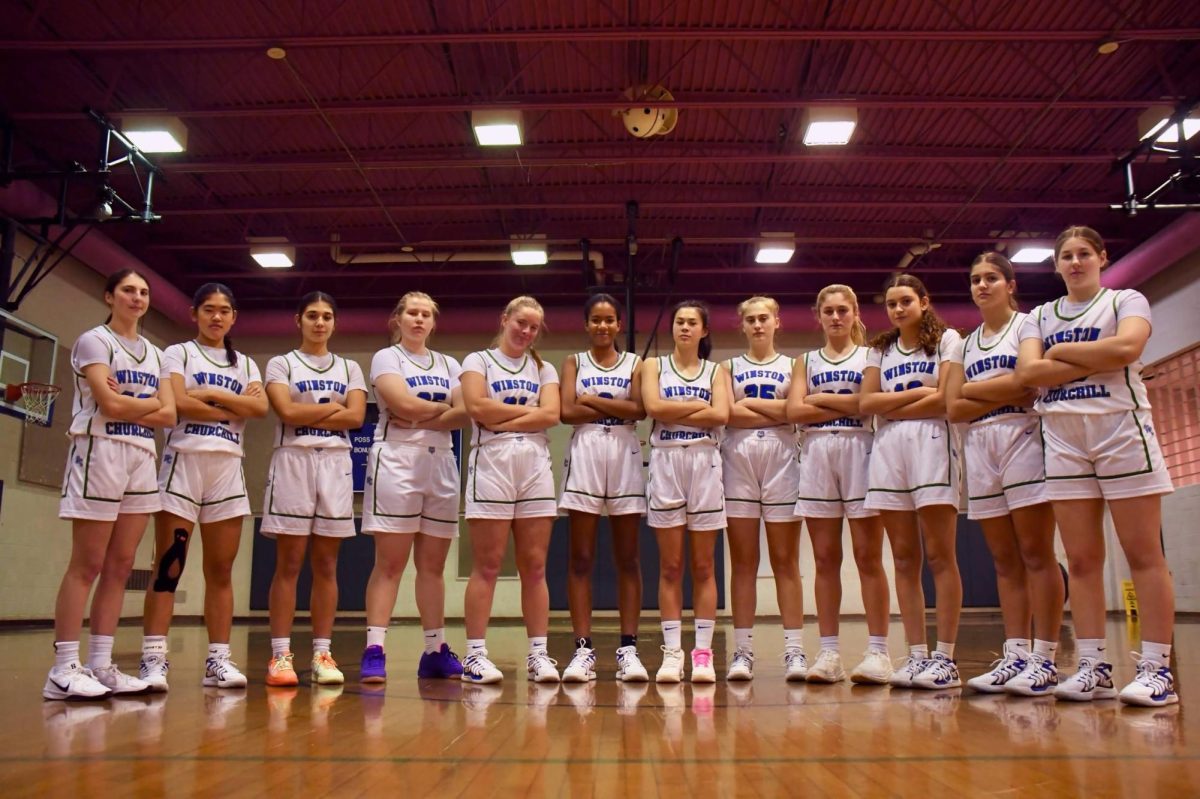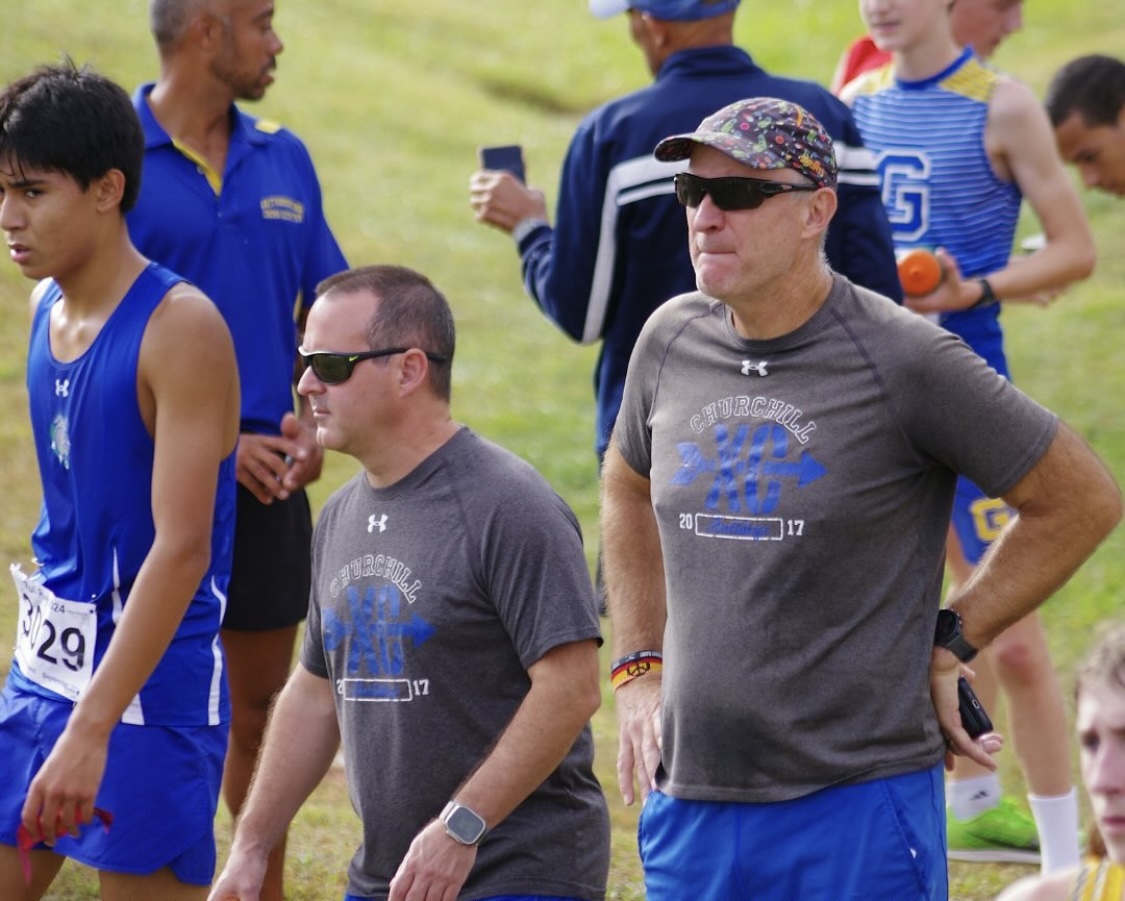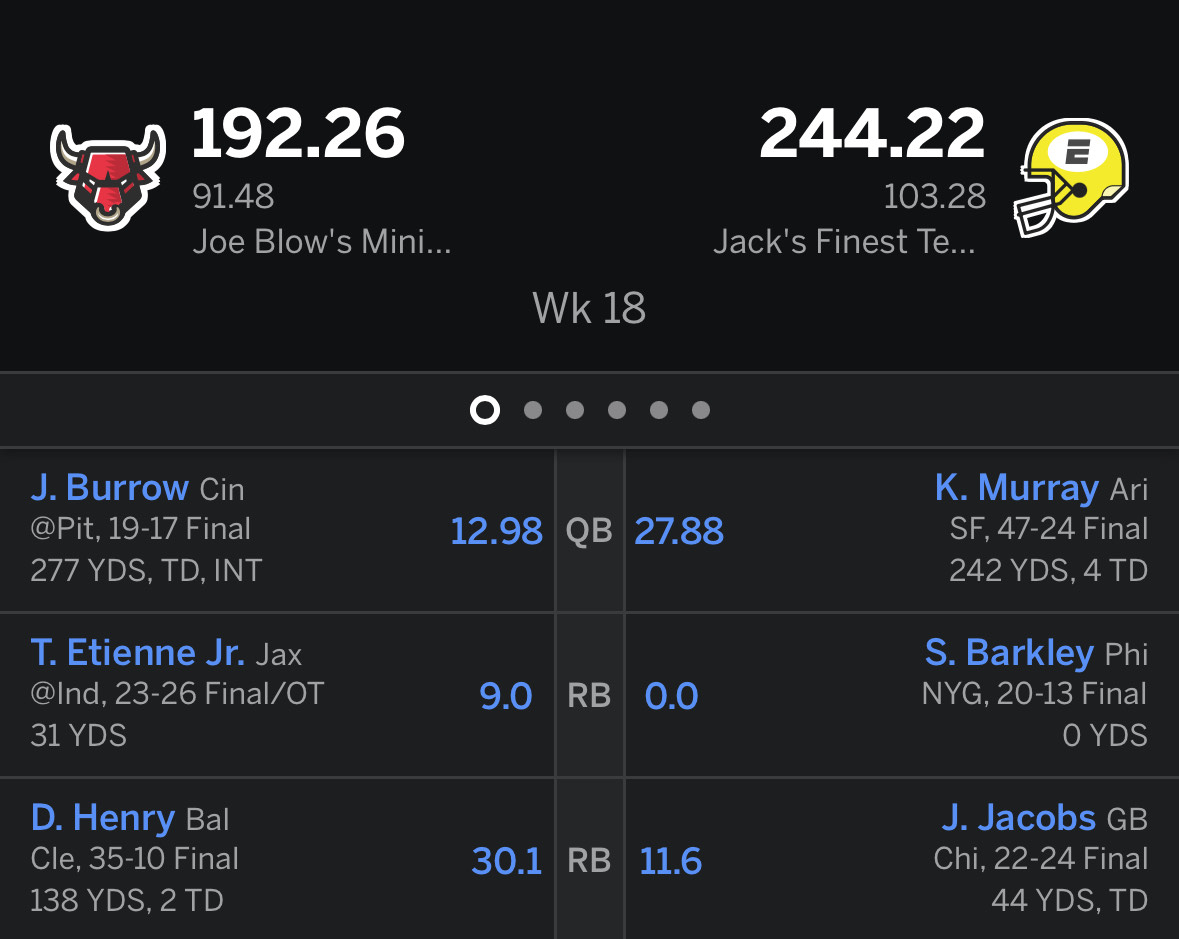The sporting world has changed. Kids no longer learn their skills from pick-up games around the neighborhood. To be a top athlete, a few new qualities are becoming necessities — a spot on a club team, time to dedicate to practices, someone to drive, and most importantly, a full wallet.
It is growing increasingly difficult for kids and teens from lower income backgrounds to succeed when competing against athletes who have the financial ability to pay for training, teams and equipment; this reality has been coined “pay to play.”
According to a July 11 ESPN article, money is the biggest indicator of whether young kids start playing on sports teams. Kids with a household income of more than $100,000 start playing sports around the age of 6, while kids with lower household incomes tend to start playing sports up to two years later, around age 8. The few extra seasons of play may not seem like much, but they provide an advantage nonetheless.
The earlier a child begins playing a sport, the more years of equipment, uniforms and coaching fees parents have to pay, and these numbers increase steadily as youth move up in ability level.
According to a June 21 Huffington Post article, the average parent of an athlete spends at least $671 annually on sports-related activities.
“I started playing hockey when I was 9,” senior Aaron Hubberman said. “It costs a lot; sticks alone can cost up to $200. People usually start playing around puberty, so with changing sizes, you have to get new gear every other year, which costs up to $1,000 each time.”
For a lower income athlete, there are often fewer opportunities and resources than those available to an athlete with higher income. Money is often the deciding factor as to whether athletes are able to pursue a sport at a higher level.
As athletes increase their competition level, the price also increases. For many sports such as soccer, hockey and baseball, travel leagues that include nationwide travel can involve yearly costs in the tens of thousands.
These numbers beg the question of whether it is possible for an athlete to be successful without sacrificing their savings for a spot on one of the top teams in the area.
For many sports, the answer is no. More expensive leagues and teams provide a higher level of play and coaching that simply cannot be matched by individual training and recreational play. Generally, the best way for an athlete to improve is to be surrounded by other athletes who are as good, if not better, than them, which is most commonly provided by outside programs and teams that are far from cheap.
Even the college recruiting process costs money. For sports like field hockey, soccer and lacrosse, playing in showcases and traveling to the college itself are the only ways to get noticed by college recruiters. Many college coaches do not watch high school games for these sports, and instead rely on club teams to collect the players with the most college potential.
“I went to soccer tournaments across the country, and I contacted the coaches of all the schools I was interested in,” said junior and University of Richmond commit Keaira Clark.
Many teens face a point when they decide between pursuing their sport or choosing to focus on other activities outside of school, like an after-school job. The nature of athletics today, where low level teams are being dropped for expensive, elite teams that practice like professionals, creates an unfair ultimatum for kids everywhere. In sports today, money equals success, a concept evident at the high school level as well.
According to an August 2013 CNN Money article, Potomac is the 4th top-earning town in the country, and Montgomery County is one of the wealthiest counties in the country.
As a result, the CHS athletic program and those of other Montgomery County schools situated in wealthier areas such as Bethesda have remained dominant in many sports for years.
“Wealth can provide for more opportunities for training, private lessons, and participation, not to mention better equipment and resources,” CHS athletic director Scott Rivinius said. “This can provide more hours to get better and improve skill level for a particular sport. I don’t think wealth necessarily correlates to athletic success, but it can help to provide more opportunities to succeed.”







